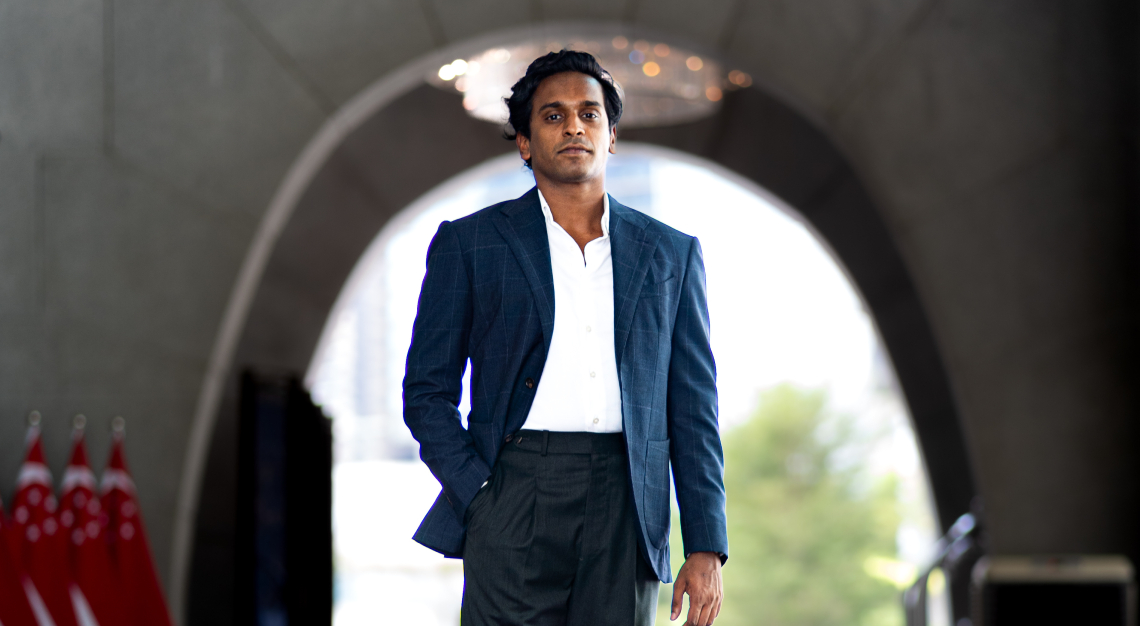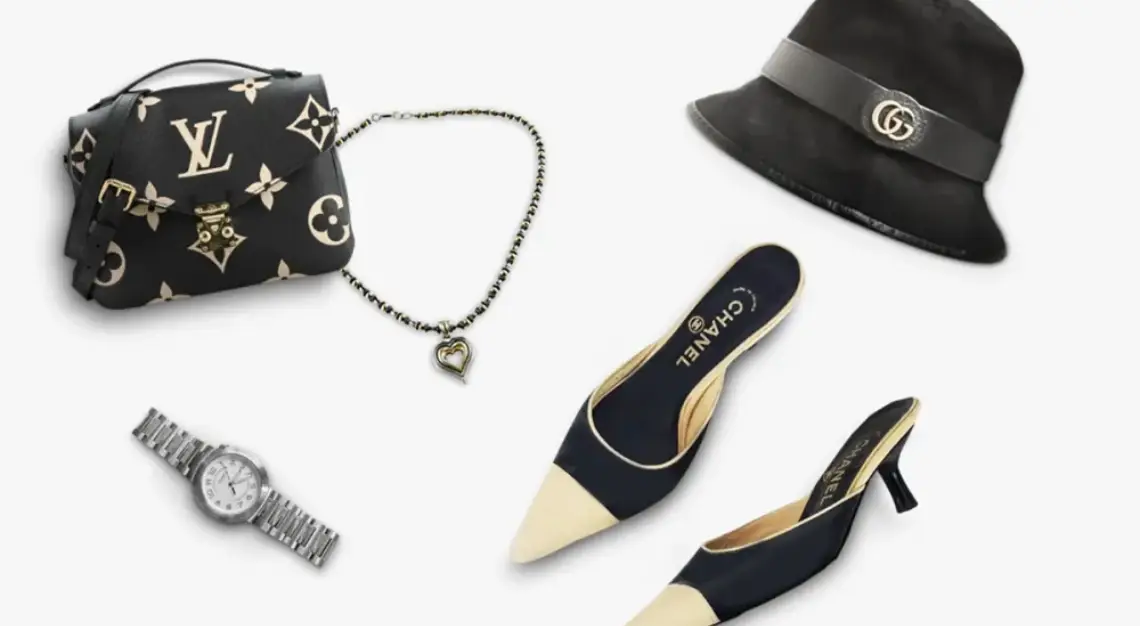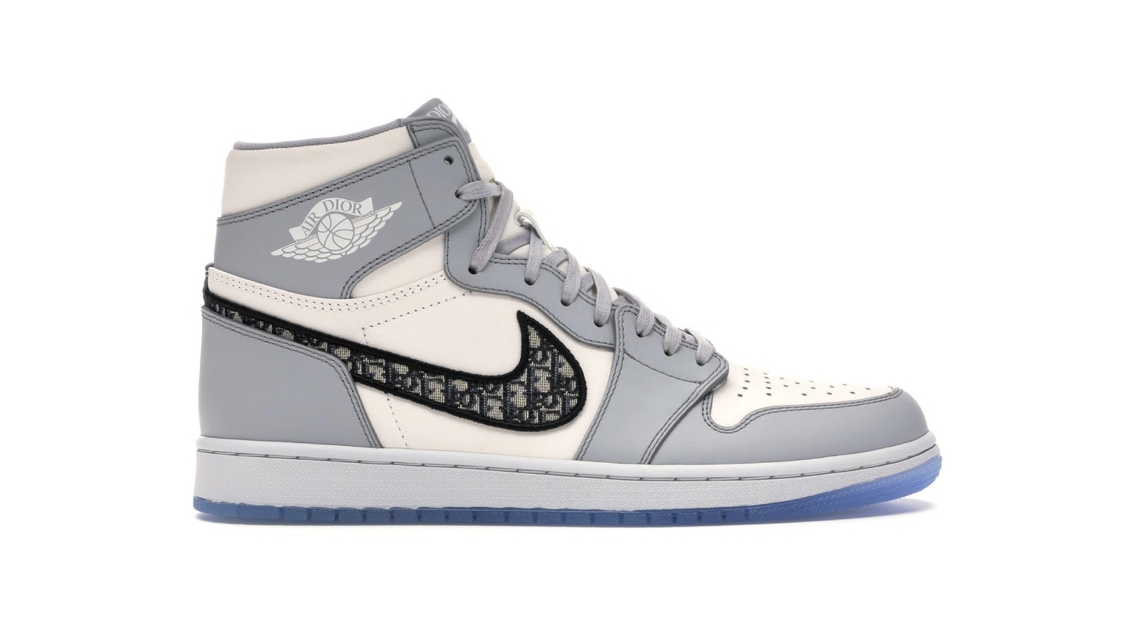Why&Co’s founder Naresh Kunasegaran is guided by one clear vision: to create enduring fashion that is rooted in quality, not trends
Fashion, by nature, is fleeting. Trends rise and fall with the seasons, often discarded before they’ve had time to settle. However, at Why&Co, a Singapore-based bespoke leather footwear label, a different philosophy takes root. For founder Naresh Kunasegaran, fashion is not a race—it is a quiet, deliberate craft that is built to endure. In a market saturated with logos, influencers, and disposable style, Why&Co champions longevity, creating shoes that are not merely worn but lived in, gathering stories and character over time.
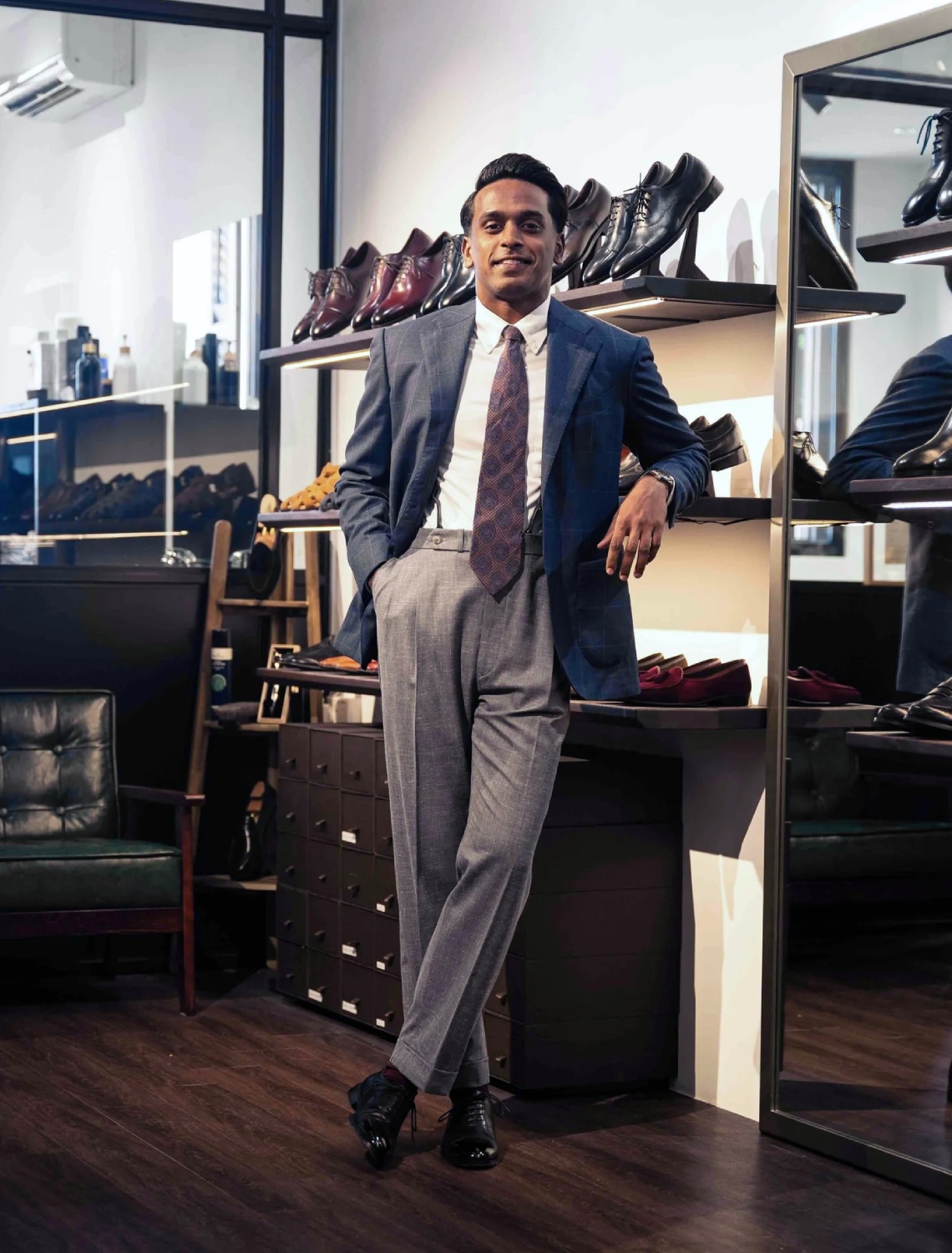
Kunasegaran never set out to make a splash. Instead, it was about staying true to an internal compass that pointed toward craftsmanship, substance, and longevity. “True style doesn’t need to be loud,” he often says, echoing the brand’s ethos. “It can be quiet, intentional, and rooted in integrity.” This quiet integrity is evident in every element of the Why&Co process. Before a single stitch is sewn, the brand develops its own shoe lasts—a foundation often overlooked in today’s rush to market but crucial in achieving the balance of fit and form that defines a great shoe. Each design is a study in proportion and practicality, where high-density rubber soles offer tropical-friendly durability and premium European calf leather delivers refined wearability. Construction is carried out using the Italian Blake stitch, a method chosen for its flexibility and strength, allowing each pair to move naturally with its wearer while holding up to the test of time.
But Why&Co is not only about aesthetics; it is about intention. “Timelessness,” Kunasegaran explains, “comes from refinement, and not just in silhouette, but in how the product is made and how it functions over time.” In a culture that often prizes the immediate and the disposable, that’s a bold stance. But Why&Co doesn’t seek to compete in the noise. It thrives in the quiet, carving out space for those who see fashion as an investment, not an impulse.
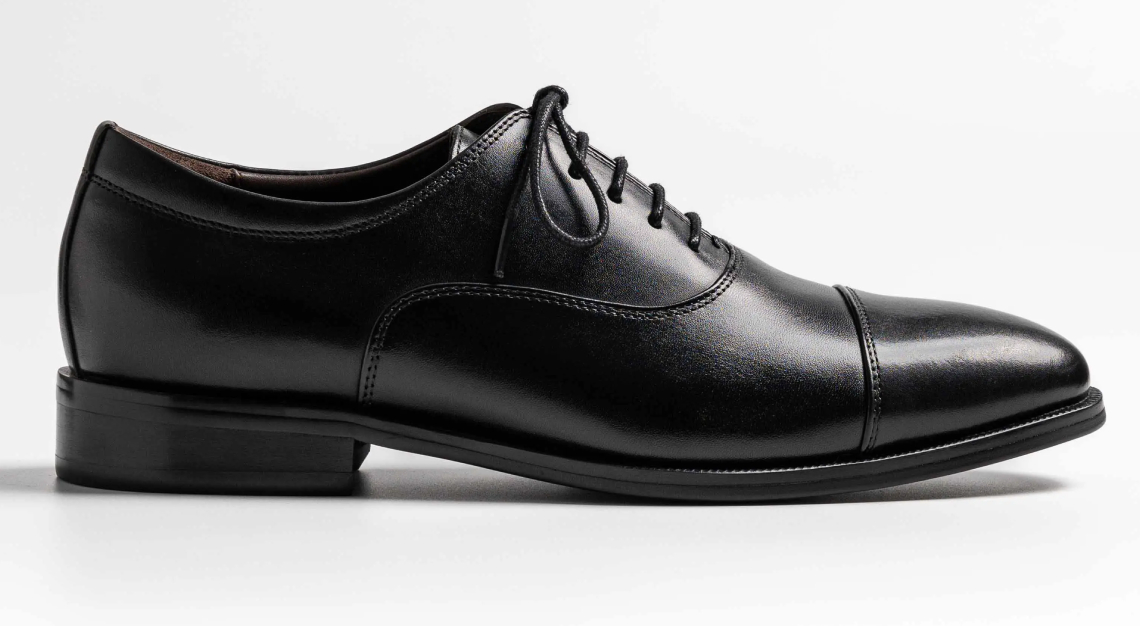
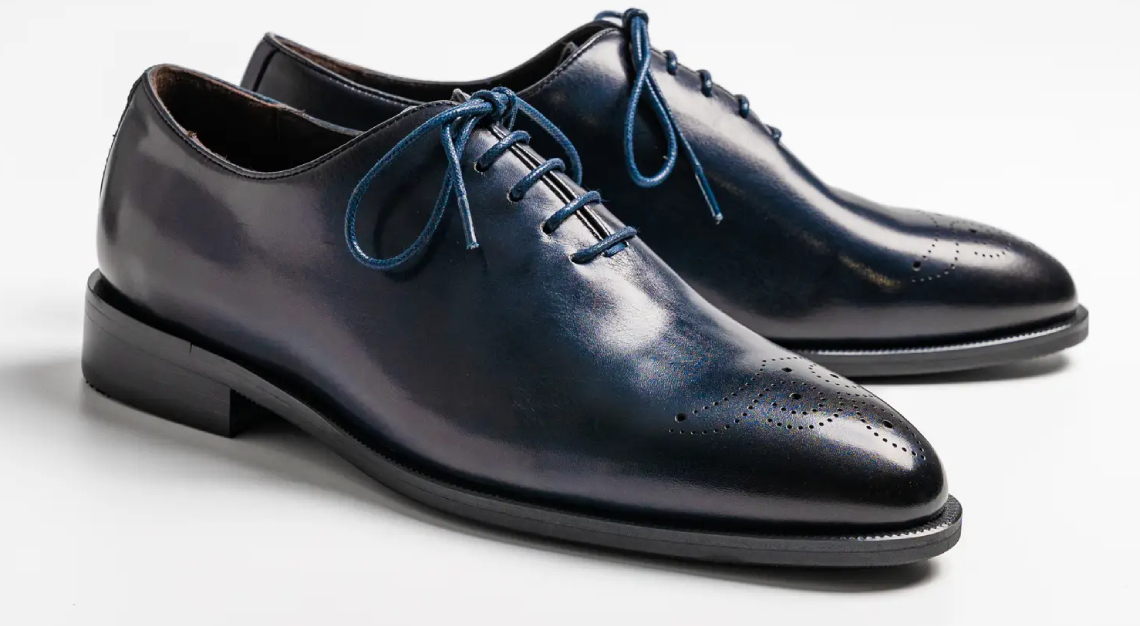
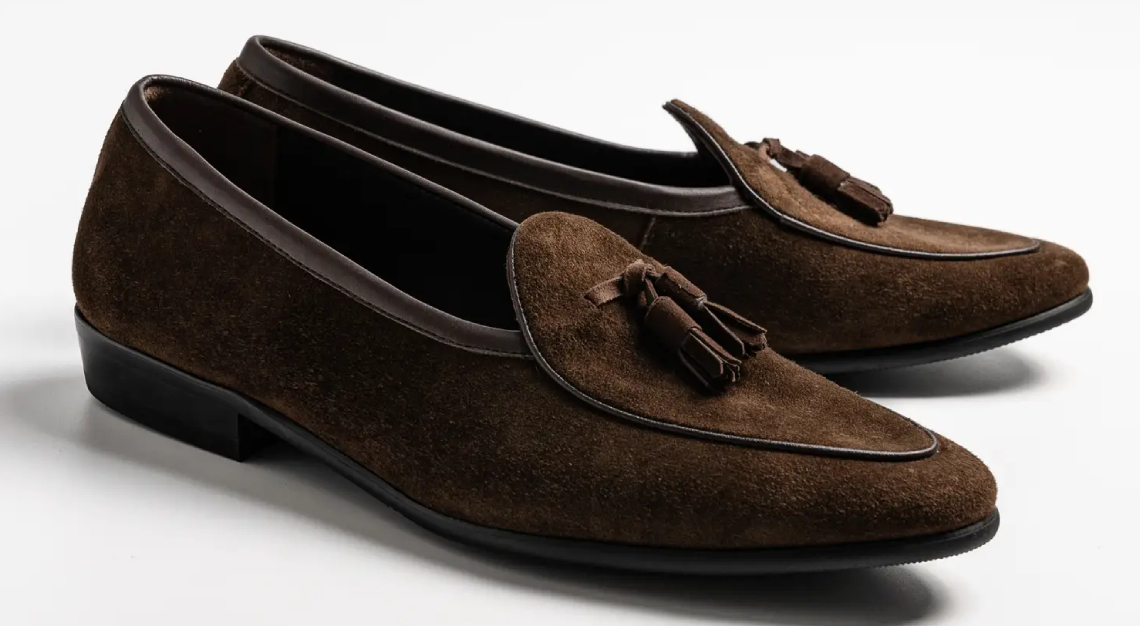
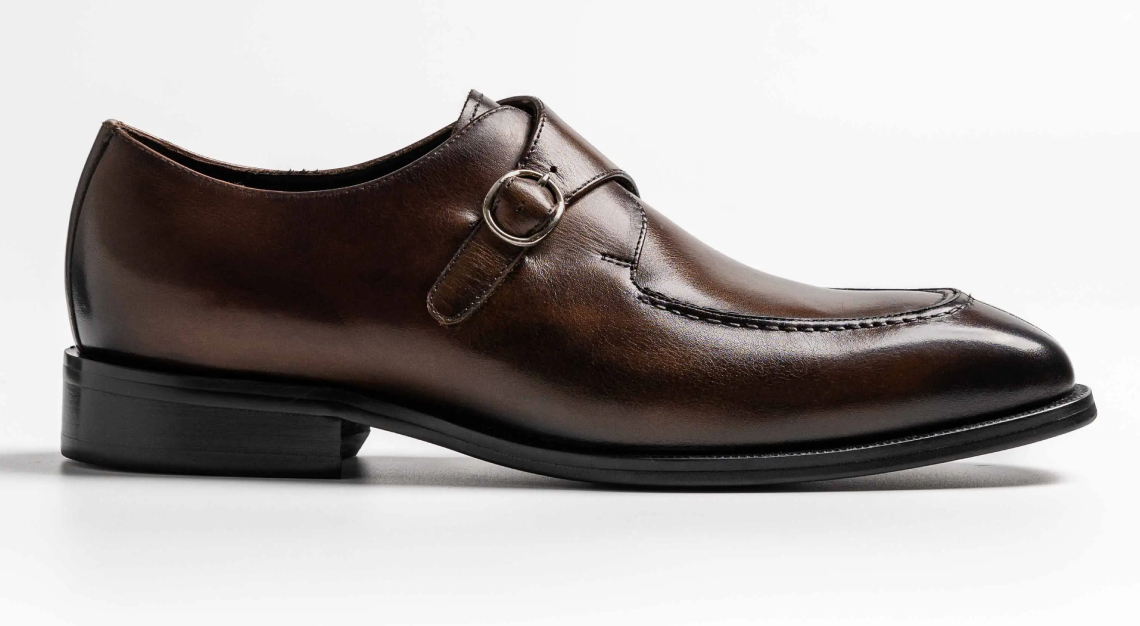
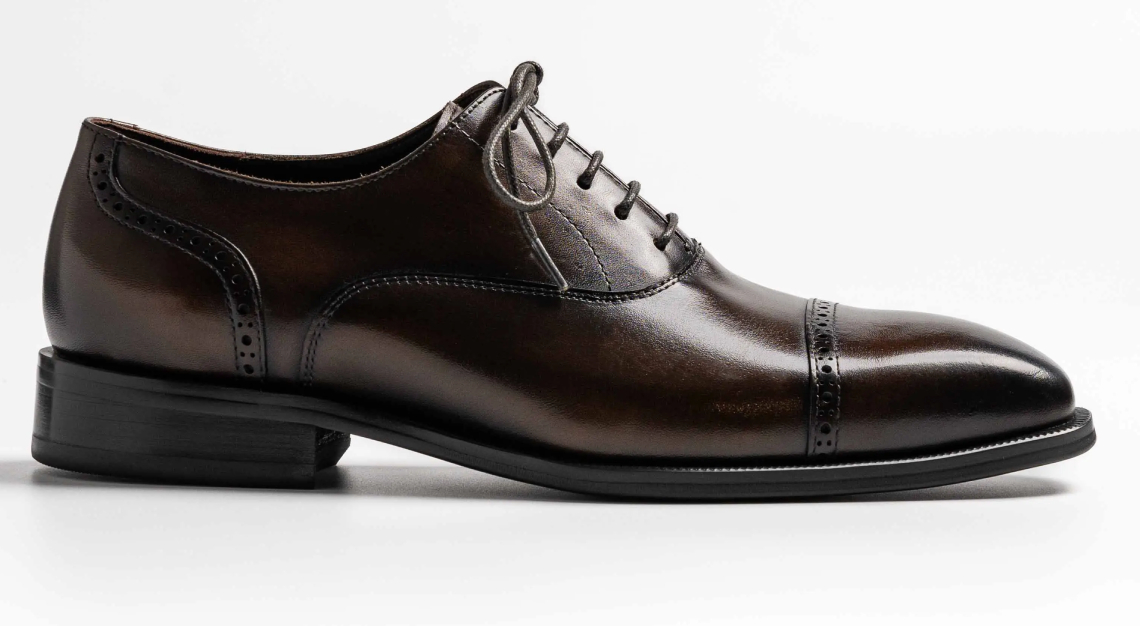
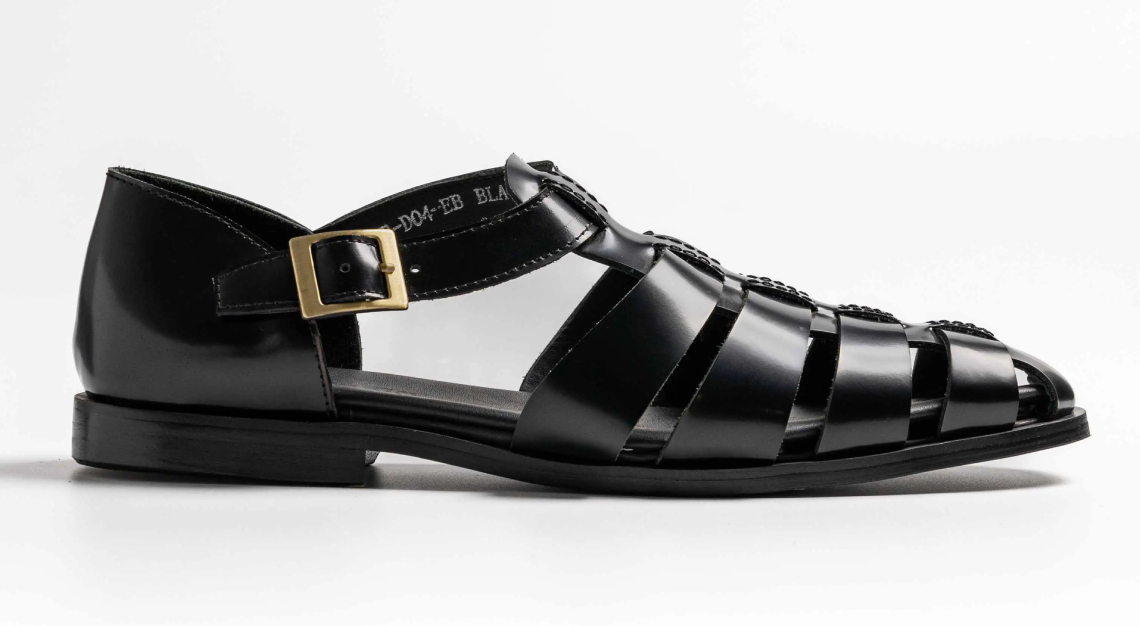
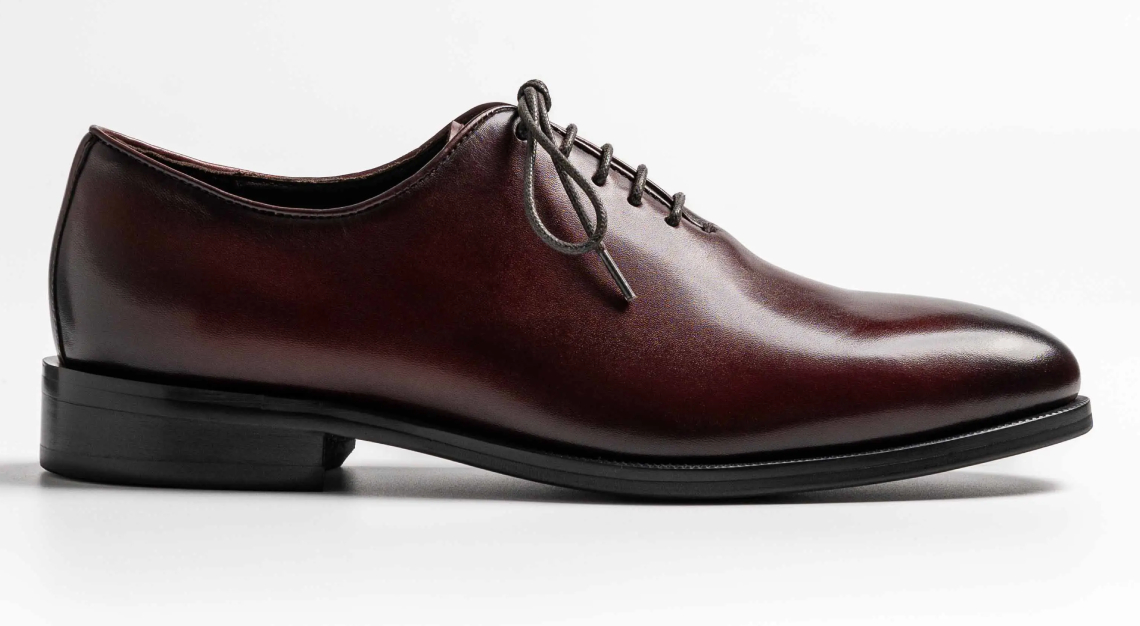
Of course, there are challenges. Shifting consumer mindsets away from fast fashion’s instant gratification is no small feat. “Attention spans are shorter than ever,” the founder admits. “But we believe in gentle education—helping people understand the value of pieces made with care, with meaning.” That education is as much experiential as it is narrative. Customers are invited not just to purchase, but to learn and to engage with the process of craftsmanship, and to understand the ‘why’ behind every pair.
That philosophy extends beyond the shoes. The brand’s growing repertoire includes shirts, accessories, and leather goods, all designed with the same disciplined eye. Cuts are clean, materials are meticulously sourced, and branding is subtle—a deliberate refusal to distract from the integrity of the product.
Despite its measured tone, Why&Co is not isolated. Rather, it has connected with a community of like-minded individuals who care about the story behind the product, who ask not just what they’re wearing, but why. “Our customers aren’t trend-chasers,” he says. “They care about values, about alignment. It’s about how a product is made and what it represents.”
This shared sensibility has led to collaborations, such as with the Tanjong Pagar Designers Clan, a collective of local artisans dedicated to spotlighting thoughtful, intentional design. “There’s a misconception that bespoke means outdated,” Kunasegaran says, “but really, it’s about building something around you. It’s deeply personal. It’s a modern act of expression.”
In a world overrun by endless novelty, Why&Co offers something rare: a commitment to the enduring. Its value lies not only in what it produces, but in how and why it is produced. And perhaps that, in the end, is the most fashionable thing of all. If there’s one message that Kunasegaran hopes to impart to fashion designers and fellow entrepreneurs, it’s to resist chasing the noise. “Build with purpose. Hype fades, but craft remains.”
This story first appeared in the August 2025 issue. Purchase it as a print or digital copy, or consider subscribing to us here
